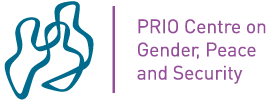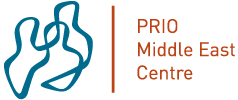
A new analysis of authorship patterns in leading peace and conflict journals shows that the Journal of Peace Research (JPR) has made substantial gains in gender diversity over the past two decades, and now stands out as the most gender-inclusive outlet among its peers.
The findings, published in International Studies Perspectives, underscore JPR’s role as a leader in promoting diverse scholarship within the field.
The study tracks the gender composition of author teams from 2000 to 2024. In 2000, nearly three-quarters of JPR articles were written exclusively by men. By 2024, that share had dropped to around 40 percent. The shift is driven largely by a significant increase in mixed-gender author teams, accompanied by a notable rise in all-female teams. Compared with other journals in the study, JPR performs best across key measures of gender representation.
According to the authors, these developments point toward “meaningful structural change” within peace research, with implications for representation, research agendas, collaboration networks and disciplinary norms.
Gudrun Østby, Co-Editor-in-Chief of JPR, welcomes the findings: “We are committed not only to publishing high-quality peace research, but also to ensuring that the production of that research reflects the full diversity of our scholarly community.”
For PRIO, which publishes the Journal of Peace Research, the results highlight the value of transparent editorial policies and inclusive research environments. JPR’s long-standing commitment to methodological transparency, data replication and engagement with early-career scholars complements its efforts to broaden participation.
The trends at JPR illustrate what is possible when journals take seriously the challenge of diversifying authorship. With ongoing commitment across the field, the study concludes, peace research can continue moving toward a more inclusive and representative scholarly community.
+++
Click here to read the full study, The Gender Gap in Peace and Conflict Journals, 2000-2024.





